Harappa at 100 : A Century of Civilizational Discovery
Total Views |
- Himali Nalawade
India has witnessed the development of world's oldest civilization on the banks of the river Sarasvati and later dominantly around Sindhu river or Indus. In fact, the river stands for our identity since the western powers which came to India categorized the fertile land as the one lying to the east of river Indus and that is how the name 'India' was derived. However, the legacy that India carried of an ancient world civilization was known much later to the world. This information when passed on to generations was filtered according to different agendas. One biggest agenda driven false story was the Aryan invasion theory put forth to explain the decline of the Indus Valley Civilization. The theory was officially debunked in 2019 after a DNA based excavation was concluded in Rakhigarhi by a team of Archaeological Survey of India under the examination of Dr. Vasant Shinde, Former Vice Chancellor, Deccan College, Pune.
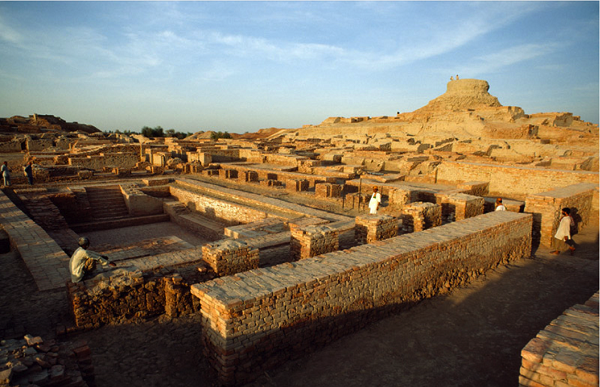
The excavation of the first site of the civilization, started at Harappa in 1920 - 21 by Archaeologist Daya Ram Sahni. In fact that is why we call the Indus Valley Civilization as Harappan Civilization as well. This year we are completing a century of discovery of our ancient civilization. Until the Rakhigarhi excavation concluded in 2019, for all the remaining time Harappa and Mohenjodaro stood out to be the largest cities of the civilization. The second city excavated after Harappa was Mohenjodaro. The name of the city refers to the 'Mound of dead' in the local language. This excavation was carried out by archaeologist Rakhal Das Banerjee.
However, even before the official excavation that was carried out by the ASI in 20th century, the British officers had come across the remains of the mighty civilization. But not much attention was given to the site or else the world would've known the legacy of Indus Valley people much earlier. While the British were laying the foundations for the Lahore - Multan railway line and digging up to work in the 1860's, they had discovered remains of piled up burnt bricks. There couldn't have been a much clear sign for the authorities to start excavating the place. Burnt bricks won't randomly appear from the ground for no reason in a valley of an ancient and significant river. However, quite conveniently this initial encounter with the Harappan remains was ignored by the officers.
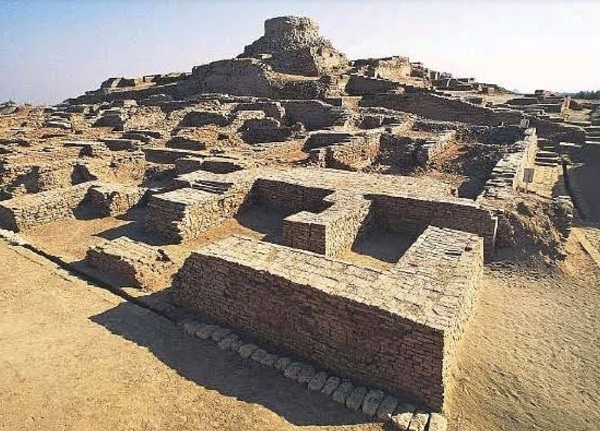
Archaeologists have been digging through the past to encounter new facts about the civilization since a century. However, the recent few years have been crucial in the study of the Indus Valley civilization. That is because of the discovery from the site of Rakhigarhi which credibly debunked the Aryan invasion theory. The excavation at Rakhigarhi in Haryana started in 2014, whereby DNA samples were studied which were taken from the skeletal remains recovered from the site. This genetic study proved that migration which was claimed by left winged Historians to be an invasion that caused the decline of the ancient Indus Valley Civilization, actually took place much later than the Harappan period.
What is the Aryan Invasion Theory?
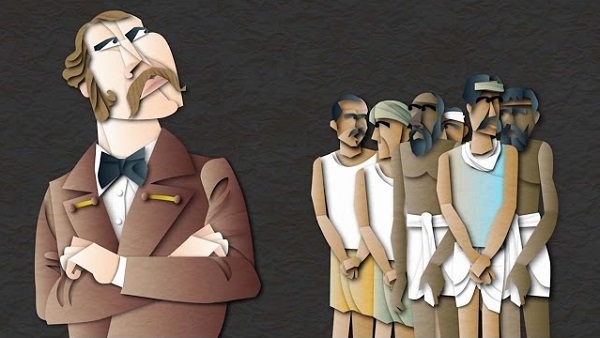
Actually, the theory of the Aryans invading Indian land and institutionalizing their superiority and civilizing Indians existed even before the discovery of the Harappan Civilization. The theory is mainly of linguistic origin which was constituted to explain the similarities found in Sanskrit and some European languages, thus categorizing the Indo - European group of languages which includes Sanskrit and Dravidian languages which mainly include languages spoken down in the south. The man responsible to give this 'theory' a racial approach was Max Muller. This man, unaware of Indian culture and Indian ways of living, viewed the Indian society through his westernized specs and rewrote Indian history through his divisive perspective. Later the same perspective was followed by leftist historians which lead to an unnecessary confusion about the roots of Indian history.
Eventually, the theory successfully created a divide among Dravidians and Aryans since it was pulled to relate to a completely different context. There was actually no reason to relate the theory with the extinction of the ancient civilization since for a very long period no weapons have been excavated from any of the site which would suggest a battle or a war. Neither did the skeletal remains recovered from burial sites showed any kind of injuries that would suggest an invasion. Then why was the theory so strongly upheld by the leftist Historians to explain the decline of the ancient civilization? And why were they so unacceptable about the Sarasvati river whose remains can still be traced through satellite imagery? What the Aryan Invasion Theory dominantly contributed in doing was dividing the country into two sections of Aryans as North Indians and Dravids as South Indians. The excavation at Rakhigarhi is therefore considered to be extremely crucial in concluding with the fact that an invasion from people referred to as Aryans never took place in India. There is still room for the thought that healthy migrations may have taken place from both the sides but an invasion in particular definitely didn't happen.
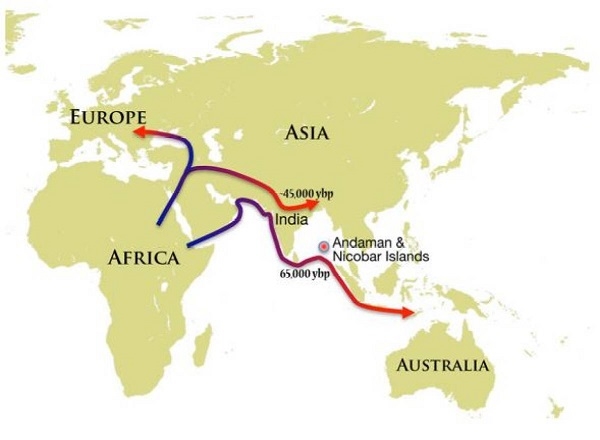
The people from the Eurasian region who are claimed to be Aryans were actually groups of pastoral people. These nomadic people naturally migrated to several places around the year. However, when they arrived around Indus is in a much mature phase of the civilization. When the theory was applied to the Harappan civilization it was also put forth that since the Aryans had invaded Indian land, Indians are genetically dominated by Aryan gene pool and thus a racial divide was drawn between North and South Indians. The recent genetic study at Rakhigarhi proved that the R1a1 gene pool which belongs to the 'Aryans' was not found in the skeletal remains discovered from the site in Haryana. It was further known that the genes found in the Andamanese people were much identical to the Indus people. That is why, currently all Indians include the genes of all Indus, Western Steppe ( which the theory calls Aryans) and South East Asian ( which the theory calls Dravidians) people whereas the proportions may vary. Thus, the theory that proposed racial superiority of Aryans in Indian genes was practically debunked with supportive evidence.
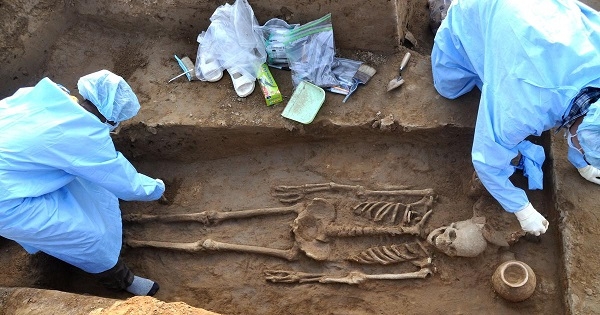
The Rakhigarhi excavation is a milestone in a century long journey of knowledge of our ancestors. It is suggestive even today that the Harappan site was not vacated over night but systematic migrations took place from the river bank to different places, most probably since the river changed its route resulting into severe draught on one bank of the river and severe flooding on the other. The current culture that has emerged on the banks of river Ganga may have been a continuation of the same culture which started from the banks of Sarasvati, then shifted to the Indus valley and later concentrated around Ganga. There is much more for us to know in the coming days about this ancient civilization. We have went through an important phase of the discovery of human history and the recent discovery has opened gates to many more of such discoveries to be witnessed in the near future.


